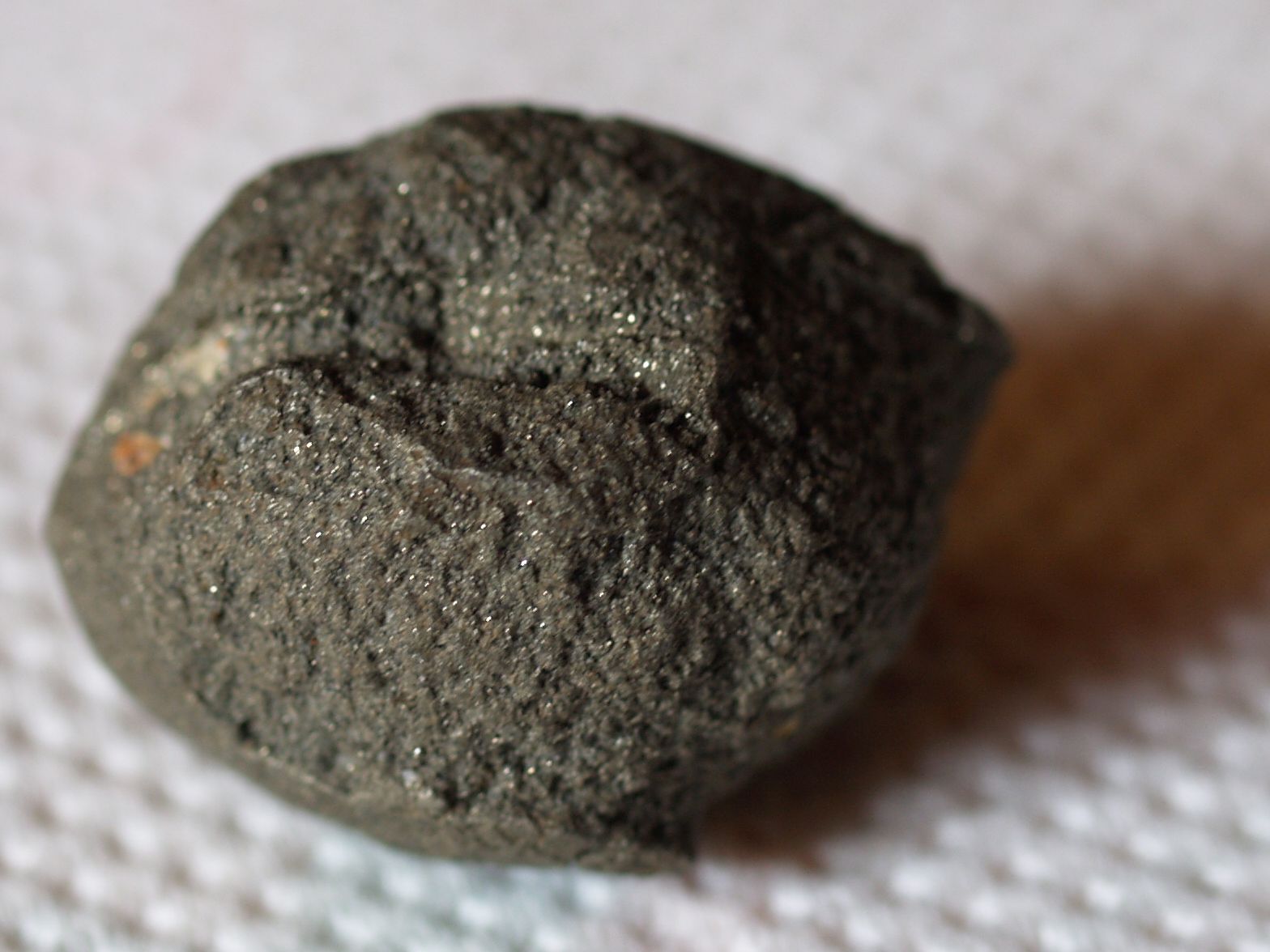
Are pieces of meteorite worth anything?.However, it is important to note that the true value of a meteorite lies not just in its monetary worth, but also in the incredible insights it can provide into the history and composition of our universe. The best way to determine the value of a meteorite is to have it analyzed by a reputable expert who can determine its classification, mineral content, and origin. The value of a chunk of meteorite can range from a few dollars to several thousand dollars, depending on various factors.

The scientific value of such meteorites lies in the fact that they provide researchers with a rare opportunity to study materials from other planets and celestial bodies. Meteorites that are known or suspected to have come from a specific celestial body, such as Mars or the Moon, are highly prized by researchers and institutions. The uniqueness and beauty of such meteorites can make them highly sought after by collectors and enthusiasts.įinally, the origin of a meteorite can also impact its value. Some meteorites have striking patterns or colors due to the fusion crust, regmaglypts (thumbprint-like impressions), and other features. Additionally, the aesthetic appeal of a meteorite can also influence its price. Some meteorites contain rare minerals such as diamonds, platinum, and gold, which can significantly increase their worth. The mineral composition of a meteorite can also affect its value. The weight of a meteorite directly impacts its rarity, as larger pieces are typically harder to find and recover. Larger chunks of meteorites are typically more valuable compared to smaller pieces, especially if they are intact and have not been broken up or weathered significantly. Stony-iron meteorites are a mix of silicates and iron-nickel alloy and are the rarest variety, accounting for less than 2% of all meteorites found.Īnother important factor that affects the price of a meteorite is its size and weight. Iron meteorites are composed mostly of iron and nickel and are much less common, making up less than 5% of known meteorites.

They are further subdivided into chondrites and achondrites, which refer to whether they contain small spherical chondrules or not. Stony meteorites are composed mainly of silicate minerals and are the most common type, making up about 90% of all meteorites found. There are three main categories of meteorites: stony, iron, and stony-iron. One of the most important factors determining the value of a meteorite is its classification. Meteorites are rare and highly sought after by collectors, scientists, and institutions, which can drive up their price significantly. The value of a chunk of meteorite varies greatly depending on several factors such as its size, weight, mineral content, rarity, and origin.


 0 kommentar(er)
0 kommentar(er)
